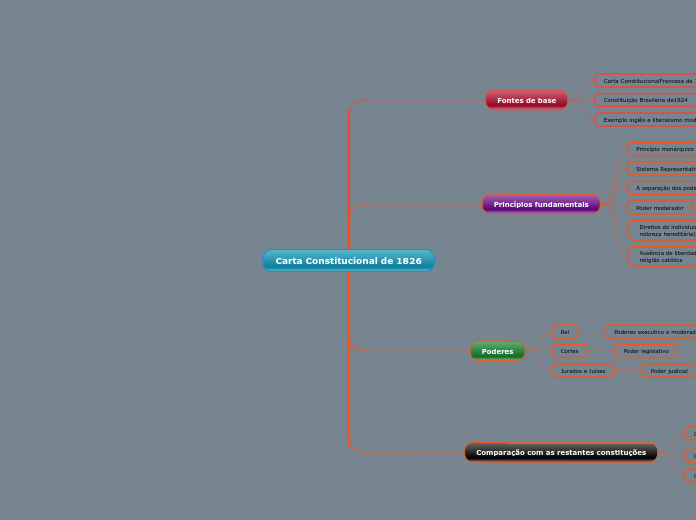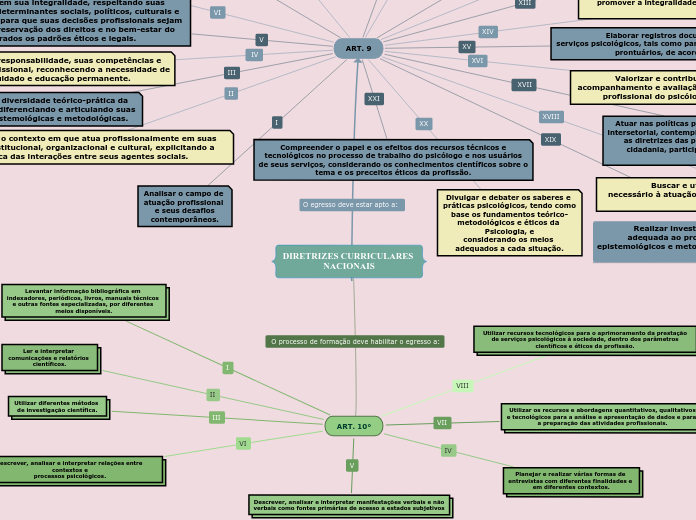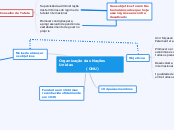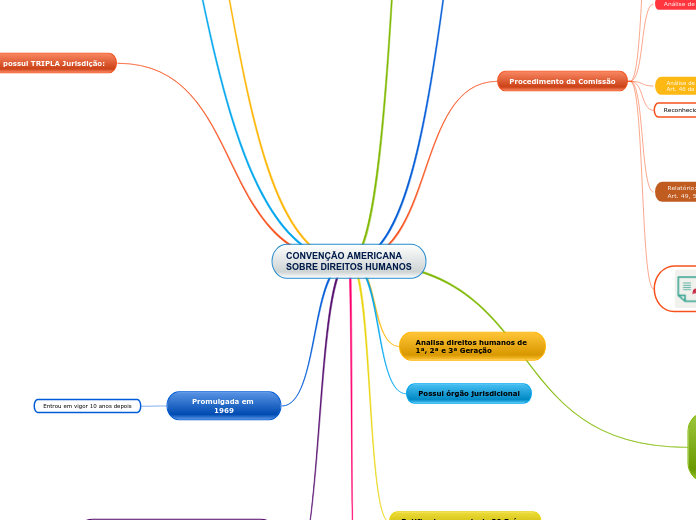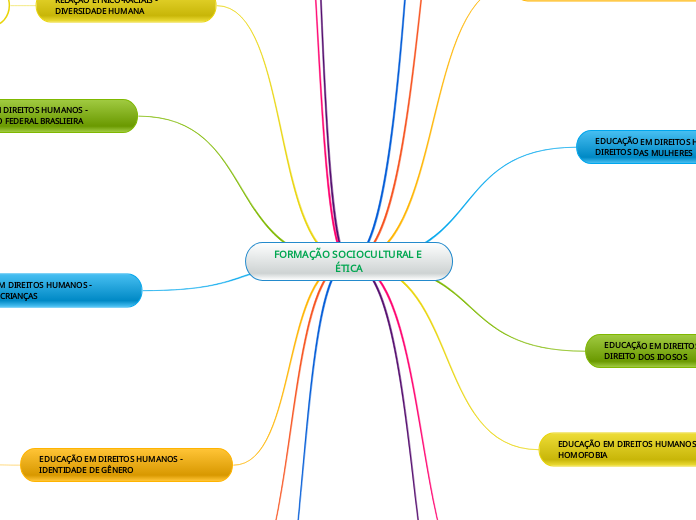Carta Constitucional de 1826
To name your story, you have to think about the overall message and what you want your audience to understand from the story. Also, make it relevant and easy to remember.
Comparação com as restantes constituções
The ending of a story is essential. We all know that if the ending is weak, what happened before loses its importance. So make it unpredictable, but fair. A resolved ending answers all the questions and ties up any loose threads from the plot.
Constituição de 1910
República, poder executivo distinto, divisão dos poderes
Constituição de 1838
This is the closure section of the story.
See examples of possible outcomes below:
- all problems have been solved
- it's clear how each one of your characters ends up
- your main character is transformed by the challenge
Eleição dos senadores, mudança no sistema de voto
Try answering these questions in order for you to come up with a closure:
- Have all problems been solved?
- Is it clear what happens with all your characters in the story?
- Has the challenged transformed your main character?
- How do the characters feel in the end?
Constituição de 1822
This is the moment when the main character surpasses the last obstacle and finally faces their greatest challenge.
The climax usually follows one of these patterns:
- realization
- resolution
- choice
Type in your answer.
3 poderes, uma única camara, supremacia das cortes, veto suspensivo real
Poderes
The middle of the story is where you add layers of complications that will lead to the end. Reveal more about the character's journey. Did their personality go through changes? How did they overcome the challenges? And as you build up the story’s central conflict, make it more personal to that character. Also, from the middle act, you have to lead into the final act.
Jurados e Juízes
There wouldn't be any tension and excitement in your story if there weren't any obstacles in your character's way.
Poder judicial
Cortes
Your character(s) need(s) motivation in order to solve the challenge(s).
Poder legislativo
Secondary characters also might have motivs beacuse of which they may cross path with main character or which might trigger them to help the main character.
Rei
Each story has a main character and that character usually needs to solve a problem or challenge. The character's challenge is the one that creates tension throughout the story.
Poderes executivo e moderador
Princípios fundamentais
Ausência de liberdade religiosa , obrigando o povo a seguir a religião católica
Direitos do individuo (segurança, liberdade,propriedade, nobreza hereditária)
Poder moderador
A separação dos poderes
Sistema Representativo
Princípio monárquico
Fontes de base
In the beginning of the story (or the exposition), you will need to introduce the setting and characters. You might also want to introduce the main conflict. This part of the story is important because it gives the reader necessary background information and maybe even a first insight into a character’s personality.
Exemplo inglês e liberalismo moderado
Constituição Brasileira de1824
The setting (time & place) of a story can change throughout the plot.
Carta ConstitucionalFrancesa de 1814
Characters are essential to a good story. Usually, the protagonist(s) is/are the most affected by the plot. Introduce a character by focusing on their actions, interests, and occupation, as the physical appearance doesn't make a difference in most cases.
